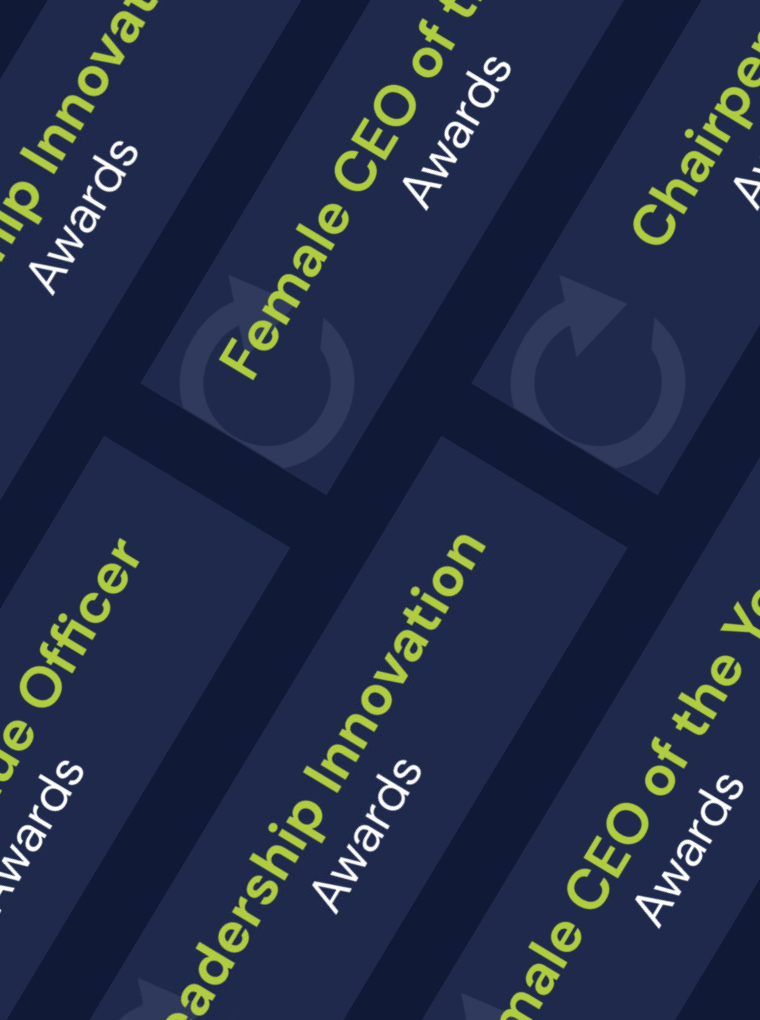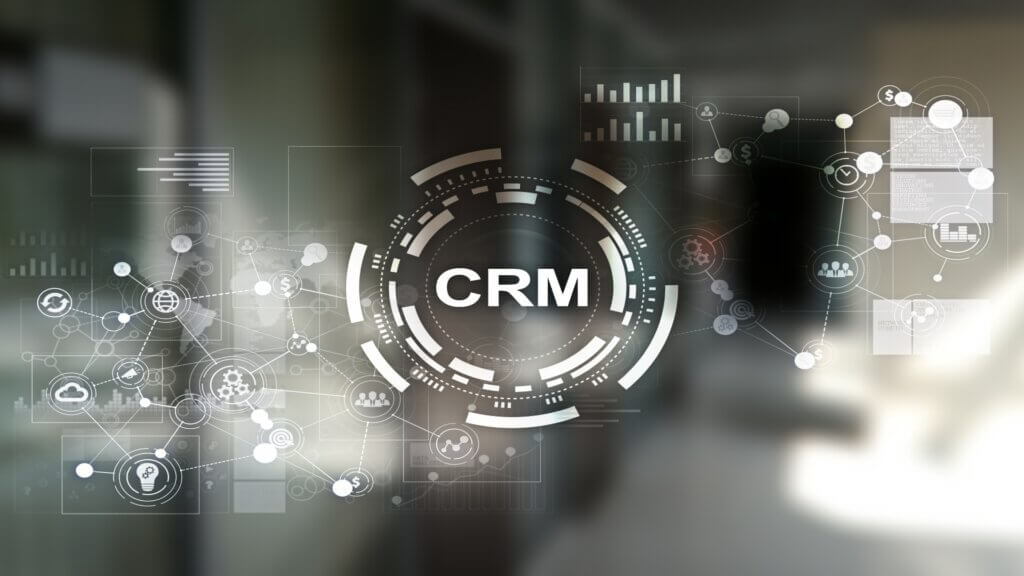Employee Recognition – How to Cater to your Workforce’s Mental Wellbeing
By Alex Hattingh, CPO at Employment Hero
1. Get personal
It’s important to be specific, personal and accurate when recognising an employee. Use positive words, and demonstrate to the employee that you actually understand their accomplishments.
Outline exactly what they did well, how it impacted a particular project or scenario and highlight exactly how that happened because of their individual successes or participation. The more personal recognition the better as it shows your employee that you really were paying attention to them and their work.
2. Provide opportunities
Some employees don’t get the chance to excel because of the nature of their jobs or reduced expectations for certain types of work.
Employees who do their jobs well should be able to earn opportunities for expanded responsibilities and training for job advancement. Don’t let employee recognition end after a few nice words.
3. Magnify recognition
While verbal communication is clearly the most effective way to recognise employees, the best strategy is to back it up by publicising employee accomplishments across multiple forums such as company newsletters, dashboards and in team meetings.
Technology-based recognition programs are a great way to do this. They should be mobile-friendly, allowing recognition to happen anytime, anywhere.
4. Motivate with financial incentives
Although financial incentives aren’t always the best motivators, they can certainly demonstrate appreciation for work well-performed. The best financial incentives are more open-ended and unpredictable because they motivate people to work their best at all times.
5. Non-monetary rewards and bonuses
The best practices for awarding non-monetary or financial bonuses include offering a standard reward, bonus or gift package and rewarding people for outstanding performance with special awards, extra cash bonuses, holiday gifts or recognition for yearly performance.
Don’t let your imagination run away with you when setting up reward incentives for your business. Especially in SMEs, your company budget might not stretch that far. Work out a rough budget per employee and work off of that calculation.
What are employee rewards? Employee rewards and benefits work to reward performance and motivate employees at both an individual or group level. By rewarding your employees, you can improve workplace culture, improve employee engagement and reduce employee turnover.
Below are some examples of high and low budget employee rewards and benefits you can implement in the workplace.
High budget incentive examples:
- Lunch clubs for high performers or people that reach their targets
- Weekends away for successful teams over a quarter
- Income bonuses for high performers
- Tickets for events, attractions, concerts or activities of interest
Low budget incentives:
- Company merch; water bottles, mugs, hats, t-shirts – anything that your MVP’s (most valuable player) can wear around the office to show that they did something great
- Let them be the office DJ for the day (A niche one! But if someone’s done something of merit it’s a fun little perk you could offer them)
- Reward certificates or trophies for employees to showcase on their desk
- Handwritten thank-you notes from the CEO or leadership team
6. Facilitate peer-to-peer recognition
As well as you or your leadership team setting up reward and recognition incentives for your employees, you should also encourage peer-to-peer recognition. Peer-to-peer recognition has a huge impact on the performance and overall job satisfaction of everyone in your business. The benefits are endless.
Peer-to-peer recognition can:
- Help build a trusting culture by creating transparency amongst different departments and authorities. It also eliminates old-school problems of managers taking credit for their direct report’s work or ignoring the value of a piece of work
- It will help boost employee engagement and retention as employees are motivated to work harder to impress colleagues and therefore stay at their jobs longer where they receive acknowledgement and praise for work
- Empowers teamwork across the business for team-based projects as individuals feel more appreciated by their peers
There are plenty of benefits that will surface if peer-to-peer recognition is done correctly. Make sure it’s meaningful and ensure your team is recognising achievements or behaviours that are truly worthy of being recognised. Like people who are going above and beyond their everyday job roles to get something done or fix an urgent problem.

Stay updated with our latest publications.
Discover Issues
See how we can help you grow in the online space!
Advertise With Us
We can help promote your business.
Find Out More




